
Tiny House Zoning and Regulations: What You Need to Know
Last Updated: Mar 28, 2025Tiny houses are gaining popularity daily, with one-fifth of Americans saying that they would “definitely” or “seriously consider” living in a tiny home. Rising mortgage costs and increasing ecological sensibility among the population have led many current and potential homeowners to seek more inexpensive, energy-efficient, and ecologically sustainable housing options. One of the best ways to cut costs and improve sustainability is building homes with smaller square footage. Thus, tiny houses are generally recognized as homes under 500 square feet in size.
Despite the numerous economic and environmental benefits associated with tiny homes, including an impressive reduction of raw materials used to build homes and the amount of energy needed to heat, cool, and power these homes, there are several gray areas for tiny house zoning and regulation. The 2,500 square foot home and the 30-year mortgage are ingrained in our national housing strategy. Despite the enthusiasm for tiny houses, government regulations and zoning practices are slow to adapt.
Below, we offer an in-depth look at everything you need to know about tiny house zoning and regulations. Then, we'll touch on a few loopholes that can help you manage those gray areas and live legally in a home that will give you more financial freedom while also reducing your carbon footprint.
Table of Contents
- Why Do Local Governments Prohibit Tiny Homes?
- Tiny House Havens
- A Few Loopholes that Currently Exist

Why Do Local Governments Prohibit Tiny Homes?
There are several reasons local governments prohibit tiny homes and why they still haven’t become entirely mainstream.
- Concerns about Property Values: Imagine a suburban neighborhood filled with $400,000 McMansions. For many people, these houses represent their significant financial investment and their primary source of savings. The fear is that if these areas were to be “overrun” by tiny homes, property values could decrease and affect other homeowners' savings and investments. Unfortunately, local officials usually fail to realize that most tiny homeowners would rarely consider placing a tiny home in suburban areas where land values might often be twice the price of the tiny home itself.
- Confusion about How to Classify Them: Another zoning and ordinance-related concern with tiny homes is that many housing officials have no idea how to classify them. Are they RVs, mobile homes, backyard cottages, or something completely different? The fact that tiny houses are relatively new to the housing market has left many local governments unsure how to classify them and what type of zoning and regulations they fall under.
- The Mobility of Tiny Homes: Since many tiny homes are built on wheels, there is certainly a gray area regarding zoning and regulations. If tiny houses are built on a foundation, they must adhere to local building and zoning regulations. When they are built off-site and moved around regularly, however, it can be hard to determine what set of zoning and regulations they must follow.
- The Size Prevents Conformity to the Established Rules: The relatively small interior size of tiny homes makes it nearly impossible to adhere to some of the most common building standards and regulations. For example, the stairs on a tiny home will usually have to be steeper than regulation to fit into the house design. The ceiling height in loft areas is usually well under the regulation height. Until building officials modify these regulations to the specific context of tiny homes, many of these homes will continue to be breaking code.

Tiny House Havens
While the tiny house movement has still not benefitted from national or widespread zoning and regulations to make this housing alternative completely legal, several cities, counties, and states have embraced the tiny house alternative. Instead of focusing on the sometimes-archaic zoning regulations, these groundbreaking regions discover that the benefits of tiny homes outweigh any potential disadvantages. Increasing housing availability for low-income residents, fighting against homelessness, attracting new residents and sources of revenue, and providing their residents with more overall freedom are just a few of the many benefits of the tiny house movement from a local government perspective.
Fresno, California, recently approved tiny houses on wheels as backyard cottages. In Colorado, the town of Walsenburg amended the zoning regulations for homes between 120 and 600 square feet. But, perhaps the most exciting example of tiny house havens occurred in Rockledge, Florida. In this small town, citizens interested in tiny house living led an initiative to change zoning regulations. This initiative is that today, two zoning districts make it completely legal to live in tiny houses on wheels and foundations.
The experience in Rockledge shows that as more and more people become seriously interested in tiny homes as a viable housing alternative, citizen-led initiatives can change zoning regulations to allow tiny house neighborhoods to pop up around the country. As it currently stands, one study found that California, Oregon, Texas, North Carolina, and Florida were the five states that had zoning laws most tolerant and accepting of tiny homes.
It is also worth noting that tiny homes on wheels can be registered as recreational vehicles or RV. Without a foundation, you will only need to find a place to park your RV. While you might be able to park your house in the driveway or backyard of a friend or family member, you could also search for RV parks that are welcoming of tiny homes on wheels. You can find information on how to register your tiny house as an RV here.
Money Saving Home Improvement Products
Shop home improvement products that directly contribute to saving money through their use, whether through energy savings or lower maintenance costs.
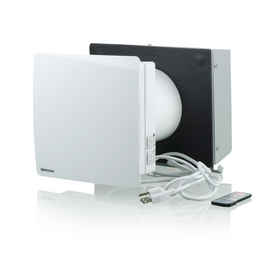
Vents TwinFresh Comfo RA1-50-2 Ductless Energy Recovery Ventilator
Vents
In Stock
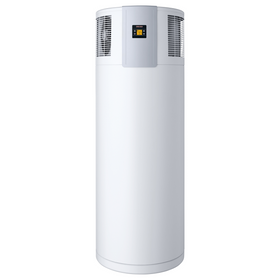
Stiebel Eltron Accelera 300 E Heat Pump Water Heater
Stiebel Eltron
Out of Stock
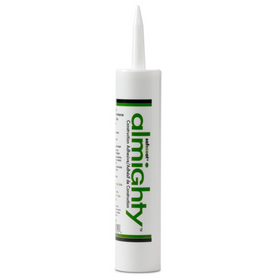
AFM Safecoat Almighty Adhesive Case of 12
AFM Safecoat
In Stock

Emporia Classic Level 2 48 AMP EV Charger UL Listed
Emporia
In Stock
2 Colors

Stiebel Eltron CON 300-2 Premium Wall-Mounted Convection Heater - 202030
Stiebel Eltron
Out of Stock
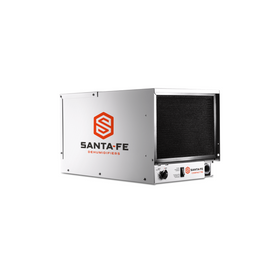
Santa Fe Compact70 Dehumidifier - 4044110
Santa Fe
In Stock
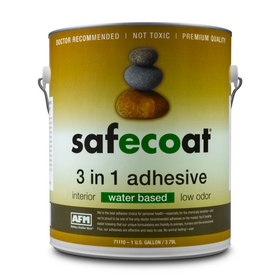
AFM Safecoat 3 in 1 Adhesive
AFM Safecoat
In Stock
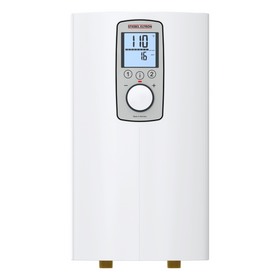
Stiebel Eltron DHC-E 8/10-2 Plus Point-of-Use Electric Tankless Water Heater - 202145
Stiebel Eltron
In Stock
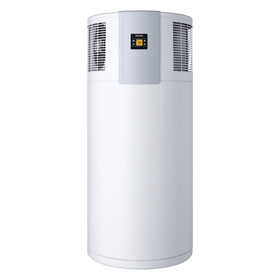
Stiebel Eltron Accelera 220 E Heat Pump Water Heater
Stiebel Eltron
In Stock

Stiebel Eltron CON 150-1 Premium Wall-Mounted Convection Heater - 202026
Stiebel Eltron
In Stock

A Few Loopholes that Currently Exist
As with any innovation, loopholes are going to exist until the idea becomes more mainstream. With tiny homes, the grey area around zoning and regulations means that you can find several ways to live in your tiny home, even in areas without specific zoning regulations directed towards tiny homes. Below are two loopholes that you might be able to make use of if you cannot find another way to live legally in the tiny home you love.
- Temporary Urbanism: The U.S. Department of Housing and Urban Development has a unique term called temporary urbanism. The basic idea is that several downtrodden urban properties are abandoned and in disuse. The economic cost of tearing down or renovating these urban areas might not be economically feasible at the moment for many investors, so city officials often lease out these areas (often at no cost) to a wide range of civic organizations such as community gardens, pop-up stores, restaurants, and wheels, and farmers markets. You could potentially sub-lease a small area in an urban area for your tiny home on wheels and get a free place to stay while also participating in improving downtrodden urban areas.
- Build an ADU on Friend´s Land: Many local zoning laws allow for ADUs, or accessory dwelling units. While most of these housing structures are geared towards offering a livable area for caregivers, you might be able to register your tiny home as an ADU and live on a friend’s land legally.
Tobias Roberts
Tobias runs an agroecology farm and a natural building collective in the mountains of El Salvador. He specializes in earthen construction methods and uses permaculture design methods to integrate structures into the sustainability of the landscape.
